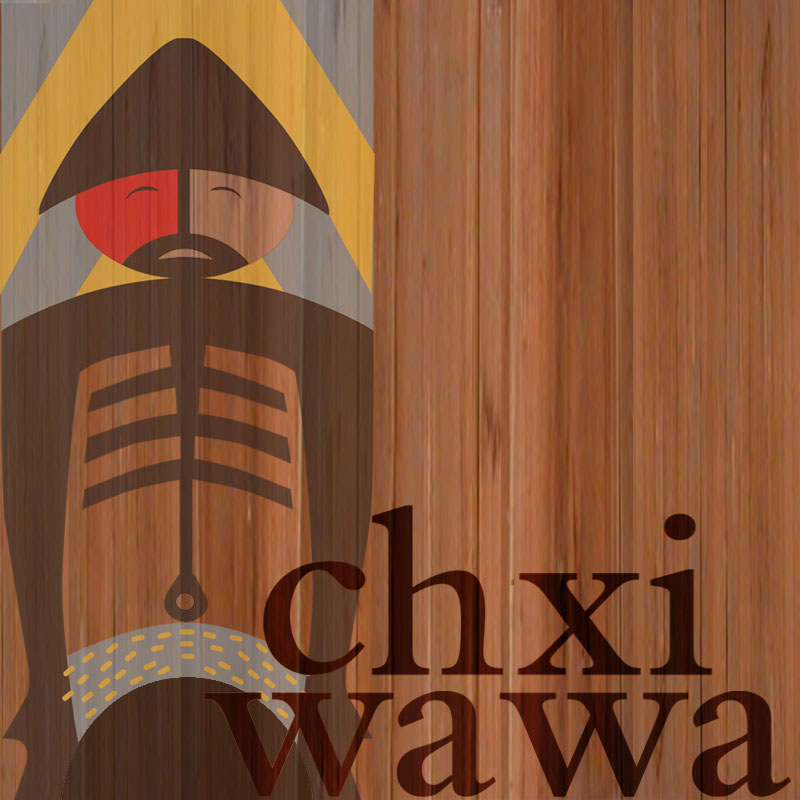By Kanim Cushman-White Eyes
My name is Kanim, and I’m a 10-year-old student in the 5th grade. I am proud to be a citizen of the Chinook Indian Nation and have been interning with the Traditional Ecological Inquiry Program (TEIP) under the guidance of the Long Tom Watershed Council. The Tom Long Watershed is situated in the traditional homelands of the Kalapuya people.
During my internship, I’ve been eager to learn the art of carving bows and arrows and enhance my fishing skills. Tending days with TEIP have provided me with valuable opportunities to understand how to care for the land using Indigenous practices.
Living away from our homelands, I am determined to maintain a strong connection to my Chinookan culture. I am inspired by my mom, who traveled across the Pacific Northwest during her youth, learning traditional ecological practices from other Indigenous communities. While participating in TEIP, I have had the privilege of learning from citizens of various tribes. However, residing in the homelands of the Grand Ronde and Siletz people has allowed me to work closely with them. My TEIP mentor, Sage Hatch, is a member of the Siletz Tribe, and I am grateful for their guidance.
In my journey, I have been fortunate to have many Chinook mentors, including my mom, Uncle Tony, Uncle Drew, Auntie Jessica, and numerous others. Traditional ecological knowledge is passed down through generations by knowledge keepers, and I am honored to learn from them.
Recently, I experienced my first cultural burn, which took place at Smithfield Oaks, an oak grove near Salem, Oregon. Since it was early summer, the burn was conducted at night to avoid excessive heat during the day. Through this experience, I discovered the importance of cultural burns in oak groves. They help control encroaching vegetation, promote acorn production, and combat oak weevils. The absence of fire has put oak forests at risk, as they eventually transition to conifer forests without regular burning.

During the cultural burn, I actively participated by assisting the team in building piles of grass and leaves using a rake. It was an eye-opening experience to witness the challenges of igniting the fires. Some piles burned more easily than others, with those containing dirt and wet grass struggling to ignite due to insufficient oxygen and fuel. On the other hand, piles with dry grass and sticks burned more effectively, benefiting from ample oxygen and fuel.
The second cultural burn I took part in was at West Sand Island, located in my tribal homelands at the mouth of the Columbia River. It was a long day. Since Sand Island is uninhabited, the fire was more easily contained due to its small, isolated nature.
The purpose of these cultural burns is to improve bird habitats, remove invasive grasses, enhance the ecological health of the island, and revive cultural fire practices in Chinook lands.
I am grateful for the opportunities TEIP has provided me to learn and contribute to the preservation of our Indigenous practices. I am determined to continue my journey, honoring my Chinookan culture and working towards a sustainable future.








